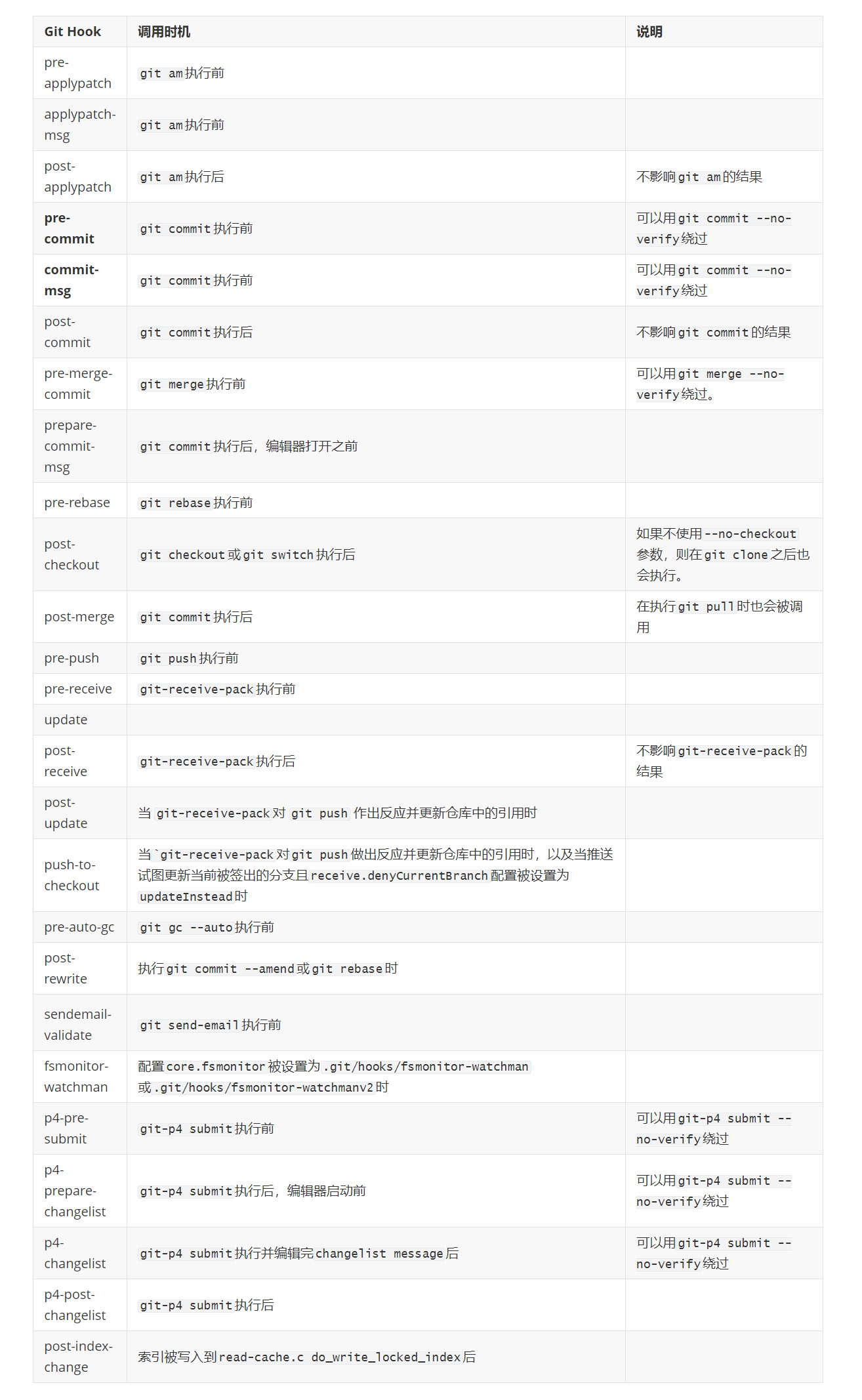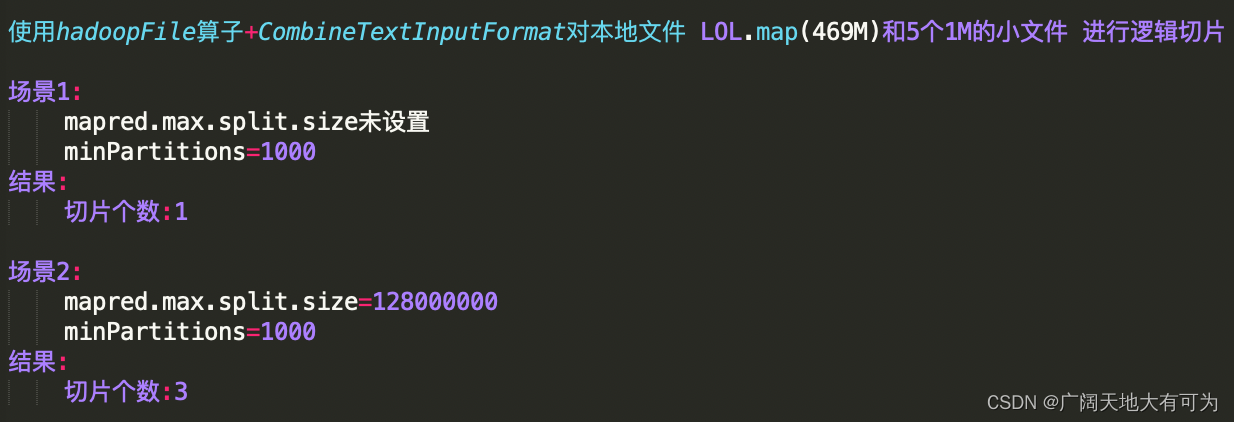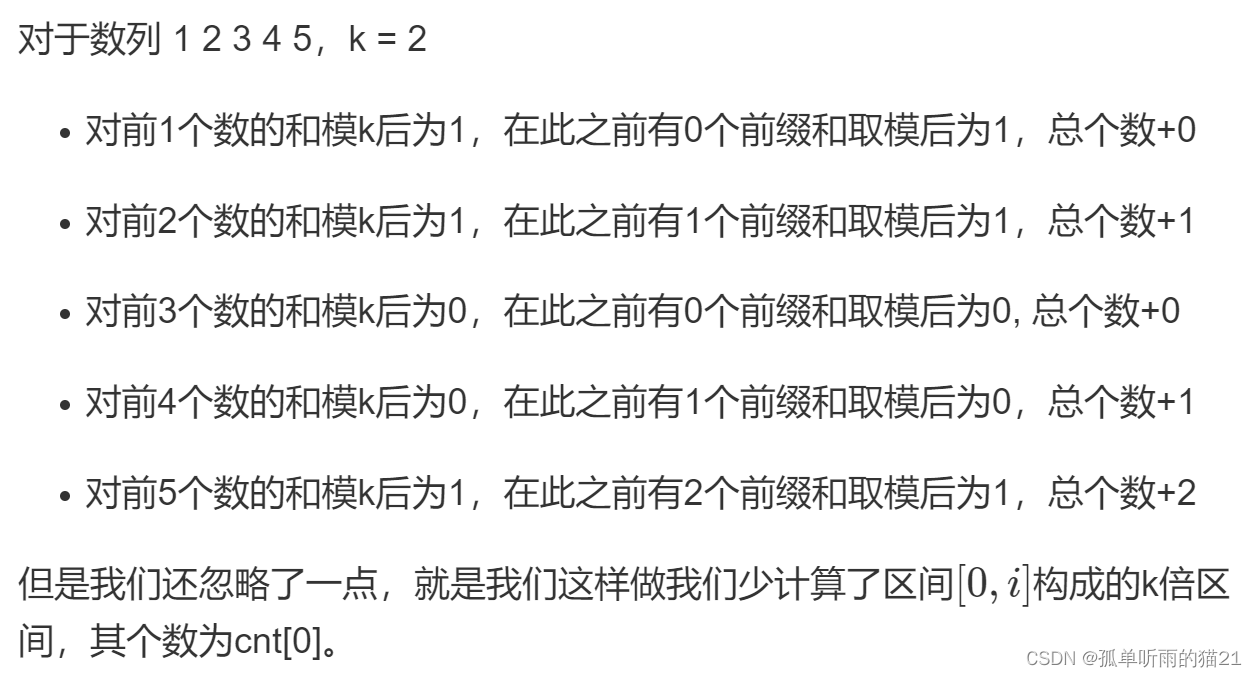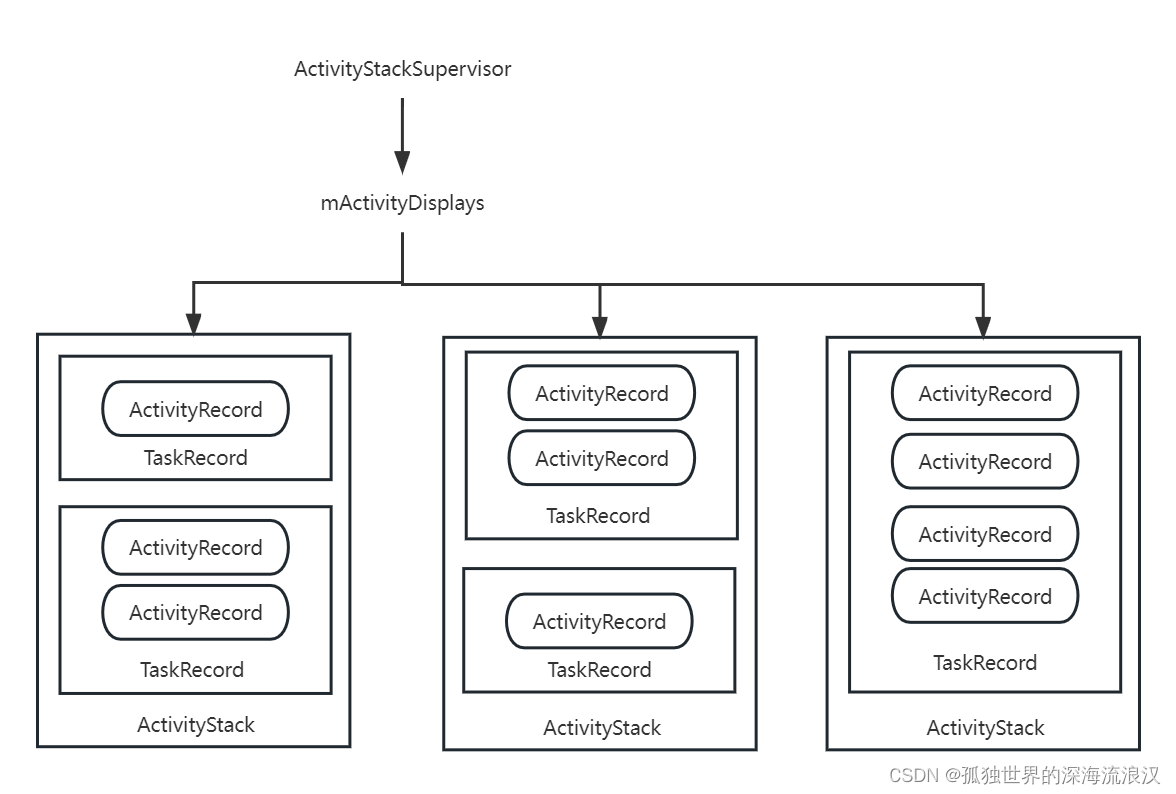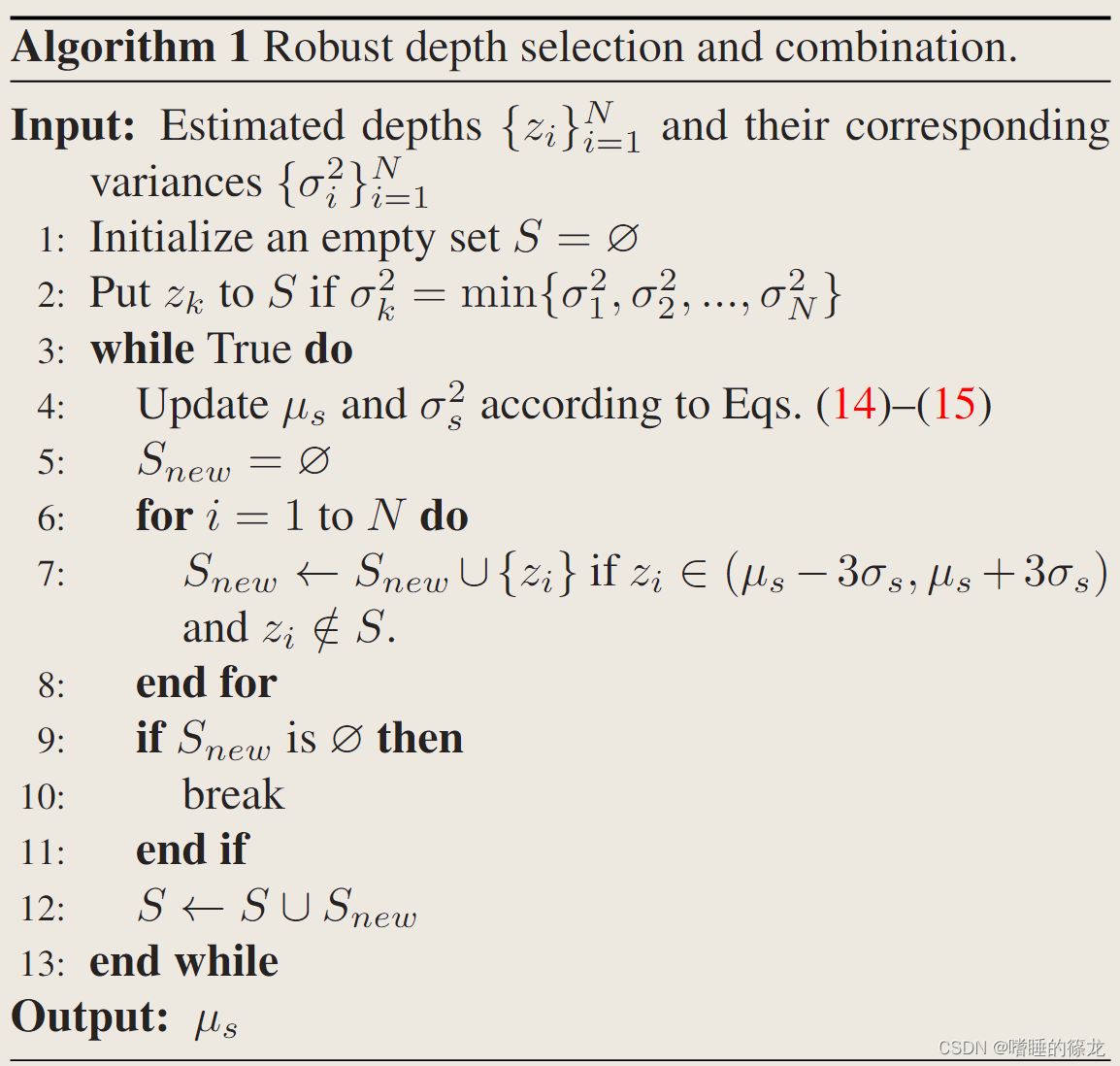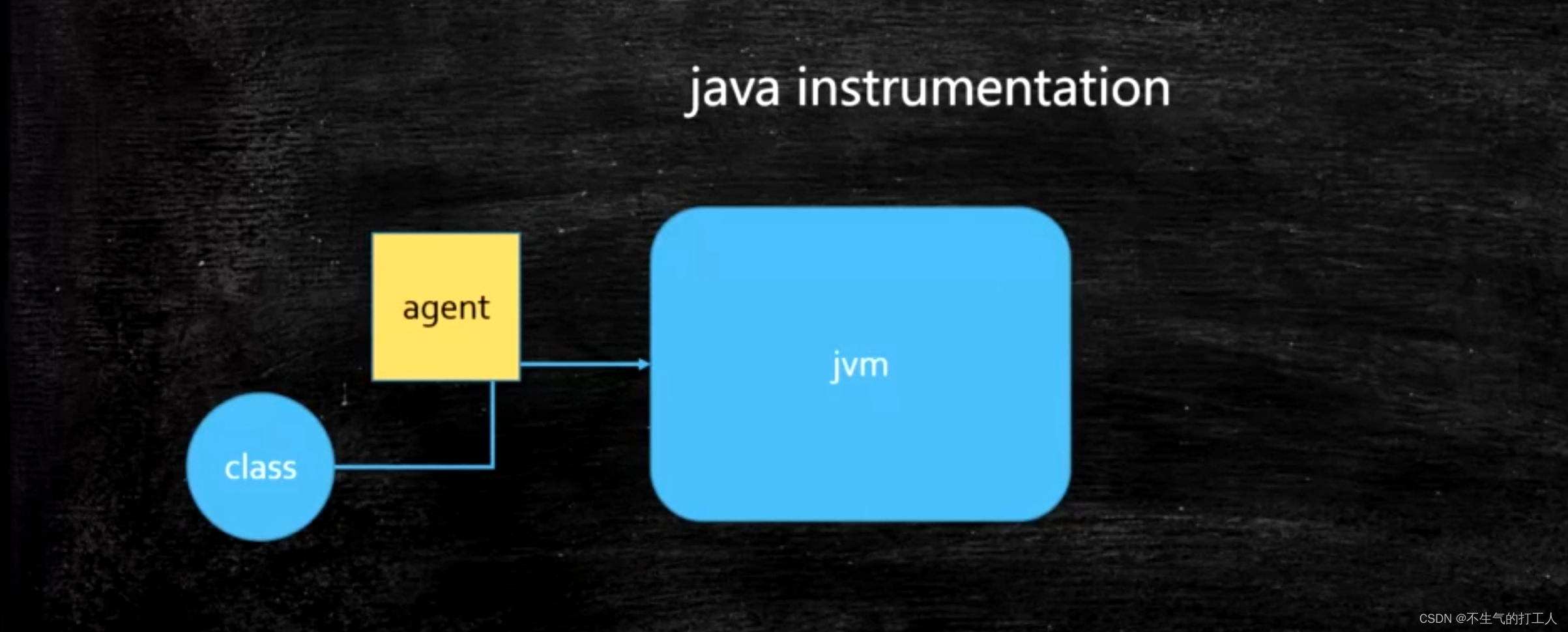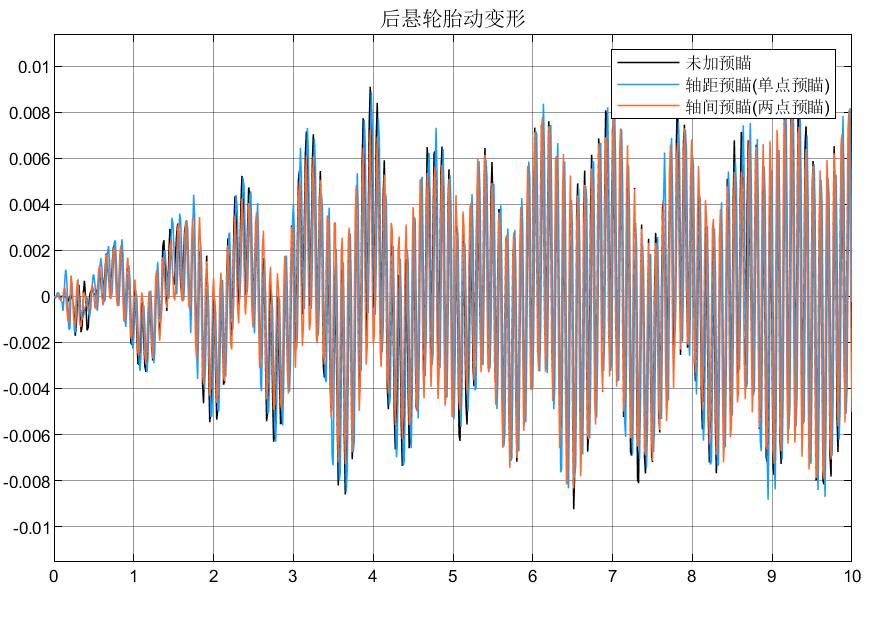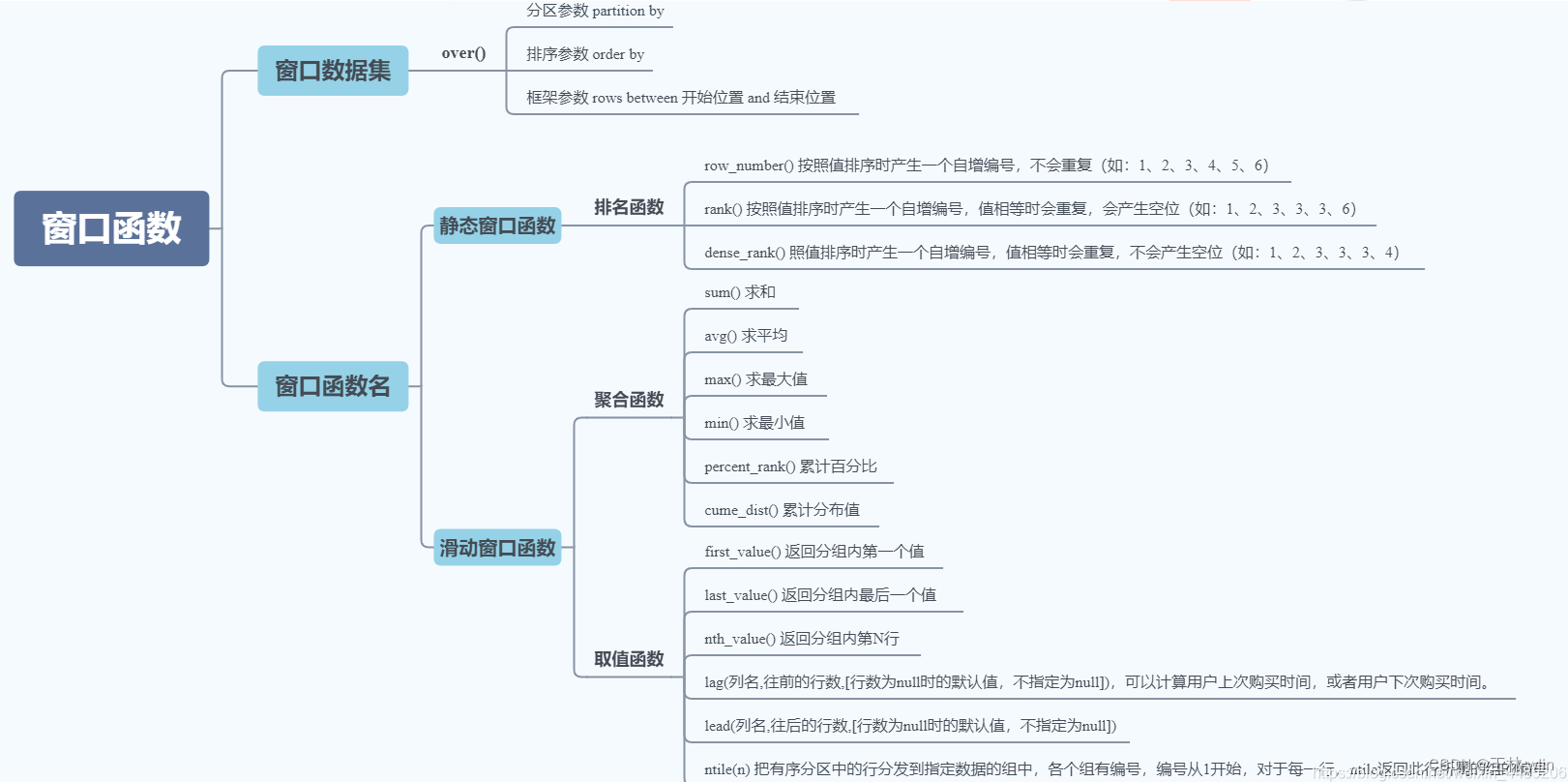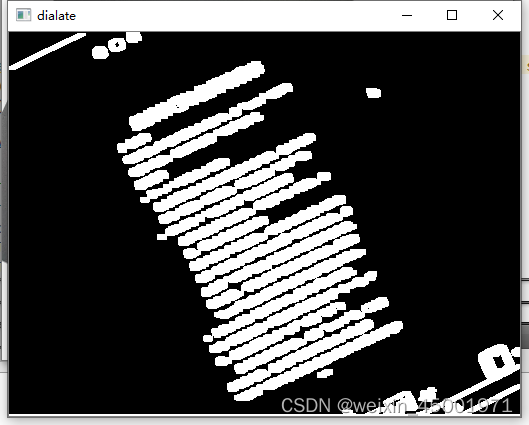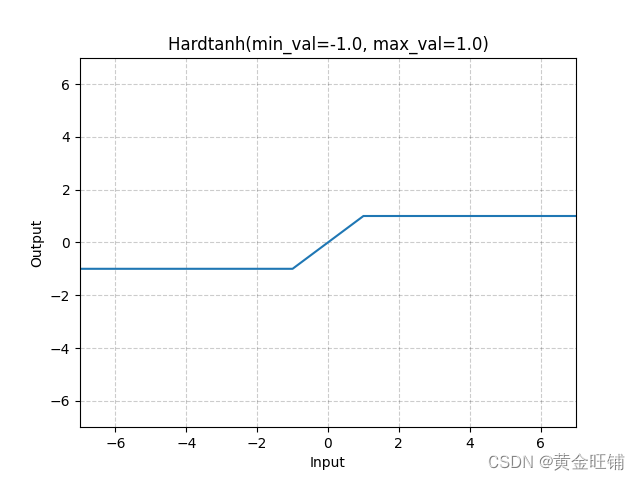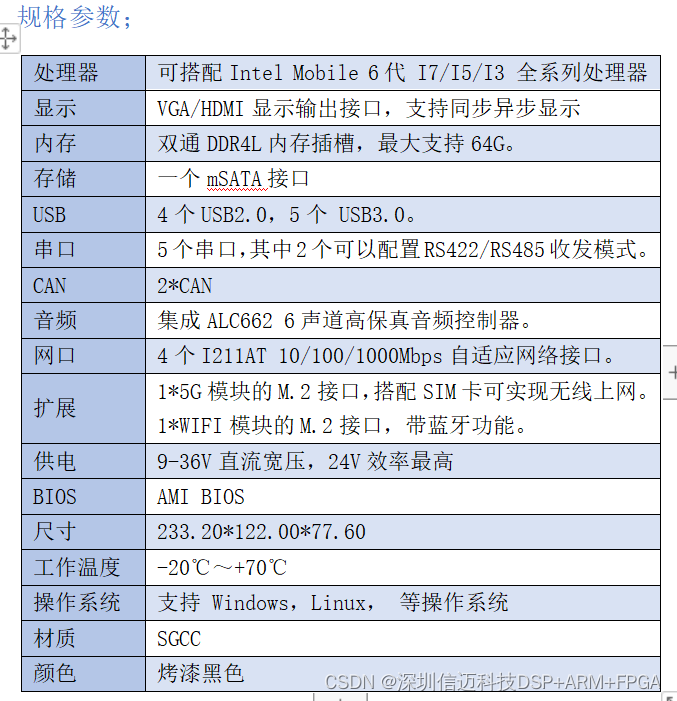文章目录
- 表的增删查改
- Create(创建)
- 单行数据 + 全列插入
- 多行数据 + 指定列插入
- 插入否则更新
- 替换
- Retrieve(读取)
- SELECT列
- 全列查询
- 指定列查询
- 查询字段为表达式
- 查询结果指定别名
- 结果去重
- WHERE 条件
- 基本比较
- BETWEEN AND 条件连接
- OR 条件连接
- IN 条件连接
- LIKE 条件匹配
- WHERE 条件中使用表达式
- AND 与 NOT 的使用
- 综合性查询
- NULL的查询
- 结果排序
- 升序显示
- 降序排序
- 多字段排序
- ORDER BY 使用表达式
- 结合 WHERE 子句 和 ORDER BY 子句
- 筛选分页结果
- Update(更新)
- 更新单列
- 更新多列
- 更新值为原值基础上变更
- 更新全表
- Delete(删除)
- 删除单条记录
- 删除整表
- 截断表
- 插入查询结果
- 聚合函数
- group by子句的使用
表的增删查改
CRUD : Create(创建), Retrieve(读取), Update(更新), Delete(删除)
Create(创建)
基本语法:
INSERT [INTO] table_name
[(column [, column] ...)]
VALUES (value_list) [, (value_list)] ...
value_list: value, [, value] ...
案例:
mysql> create table students (
-> id int unsigned primary key auto_increment,
-> sn int not null unique comment '学号',
-> name varchar(20) not null,
-> email varchar(20)
-> )engine=innodb default charset=utf8;
Query OK, 0 rows affected (0.03 sec)
mysql> desc students;
+-------+------------------+------+-----+---------+----------------+
| Field | Type | Null | Key | Default | Extra |
+-------+------------------+------+-----+---------+----------------+
| id | int(10) unsigned | NO | PRI | NULL | auto_increment |
| sn | int(11) | NO | UNI | NULL | |
| name | varchar(20) | NO | | NULL | |
| email | varchar(20) | YES | | NULL | |
+-------+------------------+------+-----+---------+----------------+
4 rows in set (0.00 sec)
单行数据 + 全列插入
插入两条记录,当value_list 数量和定义表的列的数量及顺序一致时,就可以省略value_list。注意,这里在插入的时候,也可以不用指定id,mysql会使用默认的值进行自增。
mysql> insert into students values (100, 1000, 'Curry', NULL);
Query OK, 1 row affected (0.01 sec)
mysql> insert into students values (101, 1001, 'Durant', '3306@163.com');
Query OK, 1 row affected (0.00 sec)
mysql> select * from students;
+-----+------+--------+--------------+
| id | sn | name | email |
+-----+------+--------+--------------+
| 100 | 1000 | Curry | NULL |
| 101 | 1001 | Durant | 3306@163.com |
+-----+------+--------+--------------+
2 rows in set (0.00 sec)
多行数据 + 指定列插入
插入两条记录,value_list 数量必须和指定列数量及顺序一致
mysql> insert into students (id, sn, name) values (102, 1002, 'Kobe'), (103, 1003, 'Klay');
Query OK, 2 rows affected (0.00 sec)
Records: 2 Duplicates: 0 Warnings: 0
mysql> select * from students;
+-----+------+--------+--------------+
| id | sn | name | email |
+-----+------+--------+--------------+
| 100 | 1000 | Curry | NULL |
| 101 | 1001 | Durant | 3306@163.com |
| 102 | 1002 | Kobe | NULL |
| 103 | 1003 | Klay | NULL |
+-----+------+--------+--------------+
4 rows in set (0.00 sec)
插入否则更新
由于 主键 或者 唯一键 对应的值已经存在而导致插入失败
主键冲突:
mysql> insert into students (id, sn, name) values (100, 1004, 'Brown');
ERROR 1062 (23000): Duplicate entry '100' for key 'PRIMARY'
唯一键冲突:
mysql> insert into students (id, sn, name) values (104, 1003, 'Bryant');
ERROR 1062 (23000): Duplicate entry '1003' for key 'sn'
可以选择性的进行同步更新操作 语法:
INSERT ... ON DUPLICATE KEY UPDATE
column = value [, column = value] ...
mysql> insert into students (id, sn, name) values (104, 1003, 'Bryant')
-> on duplicate key update id=104, name='Bryant';
Query OK, 2 rows affected (0.01 sec)
mysql> select * from students;
+-----+------+--------+--------------+
| id | sn | name | email |
+-----+------+--------+--------------+
| 100 | 1000 | Curry | NULL |
| 101 | 1001 | Durant | 3306@163.com |
| 102 | 1002 | Kobe | NULL |
| 104 | 1003 | Bryant | NULL |
+-----+------+--------+--------------+
4 rows in set (0.00 sec)
- 0 row affected: 表中有冲突数据,但冲突数据的值和 update 的值相等
- 1 row affected: 表中没有冲突数据,数据被插入
- 2 row affected: 表中有冲突数据,并且数据已经被更新
替换
主键 或者 唯一键 没有冲突,则直接插入;
主键 或者 唯一键 如果冲突,则删除后再插入
mysql> replace into students (sn, name) values (1002, 'Mitchell');
Query OK, 2 rows affected (0.00 sec)
mysql> select * from students;
+-----+------+----------+--------------+
| id | sn | name | email |
+-----+------+----------+--------------+
| 100 | 1000 | Curry | NULL |
| 101 | 1001 | Durant | 3306@163.com |
| 104 | 1003 | Bryant | NULL |
| 105 | 1002 | Mitchell | NULL |
+-----+------+----------+--------------+
4 rows in set (0.00 sec)
- 1 row affected: 表中没有冲突数据,数据被插入
- 2 row affected: 表中有冲突数据,删除后重新插入
Retrieve(读取)
基础语法:
SELECT
[DISTINCT] {* | {column [, column] ...}
[FROM table_name]
[WHERE ...]
[ORDER BY column [ASC | DESC], ...]
LIMIT ...
案例:
创建表结构:
mysql> create table exam_result (
-> id int unsigned primary key auto_increment,
-> name varchar(20) not null comment '姓名',
-> chinese float default 0.0 comment '语文成绩',
-> math float default 0.0 comment '数学成绩',
-> english float default 0.0 comment '英语成绩'
-> )engine=innodb default charset=utf8;
Query OK, 0 rows affected (0.02 sec)
插入测试数据:
mysql> insert into exam_result (name, chinese, math, english) values
-> ('唐三藏', 67, 98, 56),
-> ('孙悟空', 87, 78, 77),
-> ('猪悟能', 88, 98, 90),
-> ('曹孟德', 82, 84, 67),
-> ('刘玄德', 55, 85, 45),
-> ('孙权', 70, 73, 78),
-> ('宋公明', 75, 65, 30);
Query OK, 7 rows affected (0.00 sec)
Records: 7 Duplicates: 0 Warnings: 0
SELECT列
全列查询
通常情况下不建议使用 * 进行全列查询
- 查询的列越多,意味着需要传输的数据量越大;
- 可能会影响到索引的使用;
mysql> select * from exam_result;
+----+-----------+---------+------+---------+
| id | name | chinese | math | english |
+----+-----------+---------+------+---------+
| 1 | 唐三藏 | 67 | 98 | 56 |
| 2 | 孙悟空 | 87 | 78 | 77 |
| 3 | 猪悟能 | 88 | 98 | 90 |
| 4 | 曹孟德 | 82 | 84 | 67 |
| 5 | 刘玄德 | 55 | 85 | 45 |
| 6 | 孙权 | 70 | 73 | 78 |
| 7 | 宋公明 | 75 | 65 | 30 |
+----+-----------+---------+------+---------+
7 rows in set (0.00 sec)
指定列查询
指定列的顺序不需要按定义表的顺序来
mysql> select id, name, math from exam_result;
+----+-----------+------+
| id | name | math |
+----+-----------+------+
| 1 | 唐三藏 | 98 |
| 2 | 孙悟空 | 78 |
| 3 | 猪悟能 | 98 |
| 4 | 曹孟德 | 84 |
| 5 | 刘玄德 | 85 |
| 6 | 孙权 | 73 |
| 7 | 宋公明 | 65 |
+----+-----------+------+
7 rows in set (0.00 sec)
查询字段为表达式
表达式不包含字段:
mysql> select id, name, 10 from exam_result;
+----+-----------+----+
| id | name | 10 |
+----+-----------+----+
| 1 | 唐三藏 | 10 |
| 2 | 孙悟空 | 10 |
| 3 | 猪悟能 | 10 |
| 4 | 曹孟德 | 10 |
| 5 | 刘玄德 | 10 |
| 6 | 孙权 | 10 |
| 7 | 宋公明 | 10 |
+----+-----------+----+
7 rows in set (0.00 sec)
表达式包含一个字段:
mysql> select id, name, math+10 from exam_result;
+----+-----------+---------+
| id | name | math+10 |
+----+-----------+---------+
| 1 | 唐三藏 | 108 |
| 2 | 孙悟空 | 88 |
| 3 | 猪悟能 | 108 |
| 4 | 曹孟德 | 94 |
| 5 | 刘玄德 | 95 |
| 6 | 孙权 | 83 |
| 7 | 宋公明 | 75 |
+----+-----------+---------+
7 rows in set (0.00 sec)
表达式包含多个字段:
mysql> select id, name, math+chinese+english from exam_result;
+----+-----------+----------------------+
| id | name | math+chinese+english |
+----+-----------+----------------------+
| 1 | 唐三藏 | 221 |
| 2 | 孙悟空 | 242 |
| 3 | 猪悟能 | 276 |
| 4 | 曹孟德 | 233 |
| 5 | 刘玄德 | 185 |
| 6 | 孙权 | 221 |
| 7 | 宋公明 | 170 |
+----+-----------+----------------------+
7 rows in set (0.00 sec)
查询结果指定别名
基础语法:
ELECT column [AS] alias_name [...] FROM table_name;
mysql> select id, name, math+chinese+english total from exam_result;
+----+-----------+-------+
| id | name | total |
+----+-----------+-------+
| 1 | 唐三藏 | 221 |
| 2 | 孙悟空 | 242 |
| 3 | 猪悟能 | 276 |
| 4 | 曹孟德 | 233 |
| 5 | 刘玄德 | 185 |
| 6 | 孙权 | 221 |
| 7 | 宋公明 | 170 |
+----+-----------+-------+
7 rows in set (0.00 sec)
结果去重
查询结果重复:
mysql> select math from exam_result;
+------+
| math |
+------+
| 98 |
| 78 |
| 98 |
| 84 |
| 85 |
| 73 |
| 65 |
+------+
7 rows in set (0.00 sec)
查询结果去重:
mysql> select distinct math from exam_result;
+------+
| math |
+------+
| 98 |
| 78 |
| 84 |
| 85 |
| 73 |
| 65 |
+------+
6 rows in set (0.00 sec)
WHERE 条件
基本比较
英语不及格的同学及英语成绩 ( < 60 ):
mysql> select name, english from exam_result where english<60;
+-----------+---------+
| name | english |
+-----------+---------+
| 唐三藏 | 56 |
| 刘玄德 | 45 |
| 宋公明 | 30 |
+-----------+---------+
3 rows in set (0.00 sec)
BETWEEN AND 条件连接
语文成绩在 [80, 90] 分的同学及语文成绩:
使用 AND 进行条件连接
mysql> select name, chinese from exam_result where chinese>=80 and chinese<=90;
+-----------+---------+
| name | chinese |
+-----------+---------+
| 孙悟空 | 87 |
| 猪悟能 | 88 |
| 曹孟德 | 82 |
+-----------+---------+
3 rows in set (0.00 sec)
使用 BETWEEN AND 条件连接
mysql> select name, chinese from exam_result where chinese between 80 and 90;
+-----------+---------+
| name | chinese |
+-----------+---------+
| 孙悟空 | 87 |
| 猪悟能 | 88 |
| 曹孟德 | 82 |
+-----------+---------+
3 rows in set (0.00 sec)
OR 条件连接
数学成绩是 58 或者 59 或者 98 或者 99 分的同学及数学成绩:
mysql> select name, math from exam_result where math=58 or math=59 or math=98 or math=99;
+-----------+------+
| name | math |
+-----------+------+
| 唐三藏 | 98 |
| 猪悟能 | 98 |
+-----------+------+
2 rows in set (0.00 sec)
IN 条件连接
数学成绩是 58 或者 59 或者 98 或者 99 分的同学及数学成绩:
mysql> select name, math from exam_result where math in (58,59,98,99);
+-----------+------+
| name | math |
+-----------+------+
| 唐三藏 | 98 |
| 猪悟能 | 98 |
+-----------+------+
2 rows in set (0.00 sec)
LIKE 条件匹配
查找姓孙的同学:% 匹配任意多个(包括 0 个)任意字符
mysql> select name from exam_result where name like '孙%';
+-----------+
| name |
+-----------+
| 孙悟空 |
| 孙权 |
+-----------+
2 rows in set (0.00 sec)
查找孙某同学: _ 匹配严格的一个任意字符
mysql> select name from exam_result where name like '孙_';
+--------+
| name |
+--------+
| 孙权 |
+--------+
1 row in set (0.00 sec)
WHERE 条件中使用表达式
总分在 200 分以下的同学:
mysql> select name, chinese+math+english total from exam_result where total<200;
ERROR 1054 (42S22): Unknown column 'total' in 'where clause'
这里我们发现一个问题,where条件查询中不能使用指定别名,这是因为chinese+math+english这个字句比where total<200字句先执行,所以MySQL并不认识total这个别名,就会报错。
正确写法:
mysql> select name, chinese+math+english total from exam_result where chinese+math+english<200;
+-----------+-------+
| name | total |
+-----------+-------+
| 刘玄德 | 185 |
| 宋公明 | 170 |
+-----------+-------+
2 rows in set (0.00 sec)
AND 与 NOT 的使用
语文成绩 > 80 并且不姓孙的同学:
mysql> select name,chinese from exam_result where chinese>80 and name not like '孙%';
+-----------+---------+
| name | chinese |
+-----------+---------+
| 猪悟能 | 88 |
| 曹孟德 | 82 |
+-----------+---------+
2 rows in set (0.00 sec)
综合性查询
查询孙某同学,否则要求总成绩 > 200 并且 语文成绩 < 数学成绩 并且 英语成绩 > 80:
mysql> select name,chinese,math,english,chinese+math+english total from exam_result
-> where (name like '孙_') or (chinese+math+english>200 and chinese<math and english>80);
+-----------+---------+------+---------+-------+
| name | chinese | math | english | total |
+-----------+---------+------+---------+-------+
| 猪悟能 | 88 | 98 | 90 | 276 |
| 孙权 | 70 | 73 | 78 | 221 |
+-----------+---------+------+---------+-------+
2 rows in set (0.00 sec)
NULL的查询
查询 email 号已知的同学姓名:
mysql> select name from students where email is not null;
+--------+
| name |
+--------+
| Durant |
+--------+
1 row in set (0.00 sec)
NULL 和 NULL 的比较,= 和 <=> 的区别:
mysql> select NULL=NULL, NULL=1, NULL=0;
+-----------+--------+--------+
| NULL=NULL | NULL=1 | NULL=0 |
+-----------+--------+--------+
| NULL | NULL | NULL |
+-----------+--------+--------+
1 row in set (0.00 sec)
mysql> select NULL<=>NULL, NULL<=>1, NULL<=>0;
+-------------+----------+----------+
| NULL<=>NULL | NULL<=>1 | NULL<=>0 |
+-------------+----------+----------+
| 1 | 0 | 0 |
+-------------+----------+----------+
1 row in set (0.00 sec)
结果排序
基本语法:
-- ASC 为升序(从小到大)
-- DESC 为降序(从大到小)
-- 默认为 ASC
SELECT ... FROM table_name [WHERE ...]
ORDER BY column [ASC|DESC], [...];
升序显示
查询姓名及数学成绩,按数学成绩升序显示:
mysql> select name,math from exam_result order by math;
+-----------+------+
| name | math |
+-----------+------+
| 宋公明 | 65 |
| 孙权 | 73 |
| 孙悟空 | 78 |
| 曹孟德 | 84 |
| 刘玄德 | 85 |
| 唐三藏 | 98 |
| 猪悟能 | 98 |
+-----------+------+
7 rows in set (0.00 sec)
降序排序
查询姓名 及 eamil,按 eamil排序显示:
mysql> select name,email from students order by email;
+----------+--------------+
| name | email |
+----------+--------------+
| Curry | NULL |
| Bryant | NULL |
| Mitchell | NULL |
| Durant | 3306@163.com |
+----------+--------------+
4 rows in set (0.00 sec)
NULL 视为比任何值都小,升序出现在最上面
多字段排序
查询同学各门成绩,依次按 数学降序,英语升序,语文升序的方式显示:
mysql> select name,chinese,math,english from exam_result order by math desc, english asc, chinese asc;
+-----------+---------+------+---------+
| name | chinese | math | english |
+-----------+---------+------+---------+
| 唐三藏 | 67 | 98 | 56 |
| 猪悟能 | 88 | 98 | 90 |
| 刘玄德 | 55 | 85 | 45 |
| 曹孟德 | 82 | 84 | 67 |
| 孙悟空 | 87 | 78 | 77 |
| 孙权 | 70 | 73 | 78 |
| 宋公明 | 75 | 65 | 30 |
+-----------+---------+------+---------+
7 rows in set (0.00 sec)
多字段排序,排序优先级随书写顺序
ORDER BY 使用表达式
查询同学及总分,由高到低:
mysql> select name, chinese+math+english from exam_result order by chinese+math+english desc;
+-----------+----------------------+
| name | chinese+math+english |
+-----------+----------------------+
| 猪悟能 | 276 |
| 孙悟空 | 242 |
| 曹孟德 | 233 |
| 唐三藏 | 221 |
| 孙权 | 221 |
| 刘玄德 | 185 |
| 宋公明 | 170 |
+-----------+----------------------+
7 rows in set (0.00 sec)
ORDER BY 子句中可以使用列别名:
mysql> select name, chinese+math+english total from exam_result order by total desc;
+-----------+-------+
| name | total |
+-----------+-------+
| 猪悟能 | 276 |
| 孙悟空 | 242 |
| 曹孟德 | 233 |
| 唐三藏 | 221 |
| 孙权 | 221 |
| 刘玄德 | 185 |
| 宋公明 | 170 |
+-----------+-------+
7 rows in set (0.00 sec)
结合 WHERE 子句 和 ORDER BY 子句
查询姓孙的同学或者姓曹的同学数学成绩,结果按数学成绩由高到低显示:
mysql> select name,math from exam_result where name like '孙%' or name like '曹%' order by math desc;
+-----------+------+
| name | math |
+-----------+------+
| 曹孟德 | 84 |
| 孙悟空 | 78 |
| 孙权 | 73 |
+-----------+------+
3 rows in set (0.00 sec)
筛选分页结果
基础语法:
-- 起始下标为 0
-- 从 0 开始,筛选 n 条结果
SELECT ... FROM table_name [WHERE ...] [ORDER BY ...] LIMIT n;
-- 从 s 开始,筛选 n 条结果
SELECT ... FROM table_name [WHERE ...] [ORDER BY ...] LIMIT s, n;
-- 从 s 开始,筛选 n 条结果,比第二种用法更明确,建议使用
SELECT ... FROM table_name [WHERE ...] [ORDER BY ...] LIMIT n OFFSET s;
建议:对未知表进行查询时,最好加一条 LIMIT 1,避免因为表中数据过大,查询全表数据导致数据库卡死按 id 进行分页,每页 3 条记录,分别显示 第 1、2、3 页。
案例:第 1 页:
mysql> select id, name, chinese, math, english from exam_result order by id limit 3 offset 0;
+----+-----------+---------+------+---------+
| id | name | chinese | math | english |
+----+-----------+---------+------+---------+
| 1 | 唐三藏 | 67 | 98 | 56 |
| 2 | 孙悟空 | 87 | 78 | 77 |
| 3 | 猪悟能 | 88 | 98 | 90 |
+----+-----------+---------+------+---------+
3 rows in set (0.00 sec)
第 2 页:
mysql> select id, name, chinese, math, english from exam_result order by id limit 3 offset 3;
+----+-----------+---------+------+---------+
| id | name | chinese | math | english |
+----+-----------+---------+------+---------+
| 4 | 曹孟德 | 82 | 84 | 67 |
| 5 | 刘玄德 | 55 | 85 | 45 |
| 6 | 孙权 | 70 | 73 | 78 |
+----+-----------+---------+------+---------+
3 rows in set (0.00 sec)
第 3 页,如果结果不足 3 个,不会有影响:
mysql> select id, name, chinese, math, english from exam_result order by id limit 3 offset 6;
+----+-----------+---------+------+---------+
| id | name | chinese | math | english |
+----+-----------+---------+------+---------+
| 7 | 宋公明 | 75 | 65 | 30 |
+----+-----------+---------+------+---------+
1 row in set (0.00 sec)
Update(更新)
基本语法:
UPDATE table_name SET column = expr [, column = expr ...]
[WHERE ...] [ORDER BY ...] [LIMIT ...]
更新单列
将孙悟空同学的数学成绩变更为 80 分:
mysql> select name, math from exam_result where name='孙悟空';
+-----------+------+
| name | math |
+-----------+------+
| 孙悟空 | 78 |
+-----------+------+
1 row in set (0.00 sec)
mysql> update exam_result set math=80 where name='孙悟空';
Query OK, 1 row affected (0.01 sec)
Rows matched: 1 Changed: 1 Warnings: 0
mysql> select name, math from exam_result where name='孙悟空';
+-----------+------+
| name | math |
+-----------+------+
| 孙悟空 | 80 |
+-----------+------+
1 row in set (0.00 sec)
更新多列
将曹孟德同学的数学成绩变更为 60 分,语文成绩变更为 70 分:
mysql> select name, math, chinese from exam_result where name='曹孟德';
+-----------+------+---------+
| name | math | chinese |
+-----------+------+---------+
| 曹孟德 | 84 | 82 |
+-----------+------+---------+
1 row in set (0.00 sec)
mysql> update exam_result set math=60, chinese=70 where name='曹孟德';
Query OK, 1 row affected (0.00 sec)
Rows matched: 1 Changed: 1 Warnings: 0
mysql> select name, math, chinese from exam_result where name='曹孟德';
+-----------+------+---------+
| name | math | chinese |
+-----------+------+---------+
| 曹孟德 | 60 | 70 |
+-----------+------+---------+
1 row in set (0.00 sec)
更新值为原值基础上变更
将总成绩倒数前三的 3 位同学的数学成绩加上 30 分:
mysql> update exam_result set math=math+30 order by chinese+math+english limit 3;
Query OK, 3 rows affected (0.00 sec)
Rows matched: 3 Changed: 3 Warnings: 0
mysql> select name, math from exam_result;
+-----------+------+
| name | math |
+-----------+------+
| 唐三藏 | 98 |
| 孙悟空 | 80 |
| 猪悟能 | 98 |
| 曹孟德 | 90 |
| 刘玄德 | 115 |
| 孙权 | 73 |
| 宋公明 | 95 |
+-----------+------+
7 rows in set (0.00 sec)
更新全表
将所有同学的语文成绩更新为原来的 2 倍:
mysql> select name, chinese from exam_result;
+-----------+---------+
| name | chinese |
+-----------+---------+
| 唐三藏 | 67 |
| 孙悟空 | 87 |
| 猪悟能 | 88 |
| 曹孟德 | 70 |
| 刘玄德 | 55 |
| 孙权 | 70 |
| 宋公明 | 75 |
+-----------+---------+
7 rows in set (0.00 sec)
mysql> update exam_result set chinese=chinese*2;
Query OK, 7 rows affected (0.00 sec)
Rows matched: 7 Changed: 7 Warnings: 0
mysql> select name, chinese from exam_result;
+-----------+---------+
| name | chinese |
+-----------+---------+
| 唐三藏 | 134 |
| 孙悟空 | 174 |
| 猪悟能 | 176 |
| 曹孟德 | 140 |
| 刘玄德 | 110 |
| 孙权 | 140 |
| 宋公明 | 150 |
+-----------+---------+
7 rows in set (0.00 sec)
Delete(删除)
基础语法:
DELETE FROM table_name [WHERE ...] [ORDER BY ...] [LIMIT ...]
删除单条记录
删除孙悟空同学的考试成绩:
mysql> select * from exam_result where name='孙悟空';
+----+-----------+---------+------+---------+
| id | name | chinese | math | english |
+----+-----------+---------+------+---------+
| 2 | 孙悟空 | 174 | 80 | 77 |
+----+-----------+---------+------+---------+
1 row in set (0.00 sec)
mysql> delete from exam_result where name='孙悟空';
Query OK, 1 row affected (0.00 sec)
mysql> select * from exam_result where name='孙悟空';
Empty set (0.00 sec)
删除整表
注意:删除整表操作要慎用!
准备测试表:
mysql> create table for_delete (
-> id int unsigned primary key auto_increment,
-> name varchar(20)
-> )engine=innodb default charset=utf8;
Query OK, 0 rows affected (0.02 sec)
插入测试数据:
mysql> insert into for_delete (name) values ('a'), ('b'), ('c');
Query OK, 3 rows affected (0.00 sec)
Records: 3 Duplicates: 0 Warnings: 0
mysql> select * from for_delete;
+----+------+
| id | name |
+----+------+
| 1 | a |
| 2 | b |
| 3 | c |
+----+------+
3 rows in set (0.00 sec)
删除整表数据:
mysql> delete from for_delete;
Query OK, 3 rows affected (0.00 sec)
mysql> select * from for_delete;
Empty set (0.00 sec)
再插入一条数据,自增 id 在原值上增长:
mysql> insert into for_delete (name) values ('d');
Query OK, 1 row affected (0.00 sec)
mysql> select * from for_delete;
+----+------+
| id | name |
+----+------+
| 4 | d |
+----+------+
1 row in set (0.00 sec)
查看表结构,会有 AUTO_INCREMENT=n 项:
mysql> show create table for_delete \G
*************************** 1. row ***************************
Table: for_delete
Create Table: CREATE TABLE `for_delete` (
`id` int(10) unsigned NOT NULL AUTO_INCREMENT,
`name` varchar(20) DEFAULT NULL,
PRIMARY KEY (`id`)
) ENGINE=InnoDB AUTO_INCREMENT=5 DEFAULT CHARSET=utf8
1 row in set (0.00 sec)
说明:虽然delete语句删除了整表,但是再向删除后的表插入时,表中的自增值会在之前的原数据的基础之上增加。
截断表
基础语法:
TRUNCATE [TABLE] table_name
- TRUNCATE 只能对整表操作,不能像 DELETE 一样针对部分数据操作;
- 实际上 MySQL 不对数据操作,所以比 DELETE 更快,但是TRUNCATE在删除数据的时候,并不经过真正的事物,所以无法回滚
- 会重置 AUTO_INCREMENT 项
准备测试表:
mysql> create table for_truncate (
-> id int unsigned primary key auto_increment,
-> name varchar(20)
-> )engine=innodb default charset=utf8;
Query OK, 0 rows affected (0.02 sec)
插入测试数据:
mysql> insert into for_truncate (name) values ('a'), ('b'), ('c');
Query OK, 3 rows affected (0.00 sec)
Records: 3 Duplicates: 0 Warnings: 0
mysql> select * from for_truncate;
+----+------+
| id | name |
+----+------+
| 1 | a |
| 2 | b |
| 3 | c |
+----+------+
3 rows in set (0.00 sec)
截断整表数据,注意影响行数是 0,所以实际上没有对数据真正操作:
mysql> truncate for_truncate;
Query OK, 0 rows affected (0.02 sec)
mysql> select * from for_truncate;
Empty set (0.00 sec)
再插入一条数据,自增 id 在重新增长:
mysql> insert into for_truncate (name) values ('d');
Query OK, 1 row affected (0.00 sec)
mysql> select * from for_truncate;
+----+------+
| id | name |
+----+------+
| 1 | d |
+----+------+
1 row in set (0.00 sec)
查看表结构,会有 AUTO_INCREMENT=2 项:
mysql> show create table for_truncate \G
*************************** 1. row ***************************
Table: for_truncate
Create Table: CREATE TABLE `for_truncate` (
`id` int(10) unsigned NOT NULL AUTO_INCREMENT,
`name` varchar(20) DEFAULT NULL,
PRIMARY KEY (`id`)
) ENGINE=InnoDB AUTO_INCREMENT=2 DEFAULT CHARSET=utf8
1 row in set (0.00 sec)
插入查询结果
基础语法:
INSERT INTO table_name [(column [, column ...])] SELECT ...
案例:删除表中的的重复记录,重复的数据只能有一份
创建原数据表,插入测试数据:
mysql> create table duplicate_table (
-> id int,
-> name varchar(20)
-> );
Query OK, 0 rows affected (0.04 sec)
mysql> insert into duplicate_table values
-> (100, 'aaa'),
-> (100, 'aaa'),
-> (200, 'bbb'),
-> (200, 'bbb'),
-> (200, 'bbb'),
-> (300, 'ccc');
Query OK, 6 rows affected (0.00 sec)
Records: 6 Duplicates: 0 Warnings: 0
创建一张空表 no_duplicate_table结构和 duplicate_table结构一样:
mysql> create table no_duplicate_table like duplicate_table;
Query OK, 0 rows affected (0.01 sec)
mysql> desc no_duplicate_table;
+-------+-------------+------+-----+---------+-------+
| Field | Type | Null | Key | Default | Extra |
+-------+-------------+------+-----+---------+-------+
| id | int(11) | YES | | NULL | |
| name | varchar(20) | YES | | NULL | |
+-------+-------------+------+-----+---------+-------+
2 rows in set (0.00 sec)
将 duplicate_table 的去重数据插入到 no_duplicate_table:
mysql> insert into no_duplicate_table select distinct * from duplicate_table;
Query OK, 3 rows affected (0.00 sec)
Records: 3 Duplicates: 0 Warnings: 0
mysql> select * from no_duplicate_table;
+------+------+
| id | name |
+------+------+
| 100 | aaa |
| 200 | bbb |
| 300 | ccc |
+------+------+
3 rows in set (0.00 sec)
通过重命名表,实现原子的去重操作:
mysql> alter table duplicate_table rename to duplicate_table_bak;
Query OK, 0 rows affected (0.00 sec)
mysql> alter table no_duplicate_table rename to duplicate_table;
Query OK, 0 rows affected (0.01 sec)
聚合函数

案例:
统计班级共有多少同学:
mysql> select count(*) from students;
+----------+
| count(*) |
+----------+
| 4 |
+----------+
1 row in set (0.00 sec)
统计班级收集的 email 有多少:
mysql> select count(email) from students;
+--------------+
| count(email) |
+--------------+
| 1 |
+--------------+
1 row in set (0.00 sec)
统计本次考试的数学成绩分数个数:
统计全部成绩:
mysql> select count(math) from exam_result;
+-------------+
| count(math) |
+-------------+
| 6 |
+-------------+
1 row in set (0.00 sec)
统计去重成绩数量:
mysql> select count(distinct math) from exam_result;
+----------------------+
| count(distinct math) |
+----------------------+
| 5 |
+----------------------+
1 row in set (0.00 sec)
统计数学成绩总分:
mysql> select sum(math) from exam_result;
+-----------+
| sum(math) |
+-----------+
| 569 |
+-----------+
1 row in set (0.00 sec)
统计平均总分:
mysql> select avg(chinese+math+english) from exam_result;
+---------------------------+
| avg(chinese+math+english) |
+---------------------------+
| 297.5 |
+---------------------------+
1 row in set (0.00 sec)
返回英语最高分:
mysql> select max(english) from exam_result;
+--------------+
| max(english) |
+--------------+
| 90 |
+--------------+
1 row in set (0.00 sec)
返回 > 70 分以上的数学最低分:
mysql> select min(math) from exam_result where math>70;
+-----------+
| min(math) |
+-----------+
| 73 |
+-----------+
1 row in set (0.00 sec)
group by子句的使用
在select中使用group by 子句可以对指定列进行分组查询
基本语法:
select column1, column2, .. from table group by column;
案例:
准备工作,创建一个雇员信息表
- EMP员工表
- DEPT部门表
- SALGRADE工资等级表
mysql> desc dept;
+--------+--------------------------+------+-----+---------+-------+
| Field | Type | Null | Key | Default | Extra |
+--------+--------------------------+------+-----+---------+-------+
| deptno | int(2) unsigned zerofill | NO | | NULL | |
| dname | varchar(14) | YES | | NULL | |
| loc | varchar(13) | YES | | NULL | |
+--------+--------------------------+------+-----+---------+-------+
3 rows in set (0.00 sec)
mysql> desc emp;
+----------+--------------------------+------+-----+---------+-------+
| Field | Type | Null | Key | Default | Extra |
+----------+--------------------------+------+-----+---------+-------+
| empno | int(6) unsigned zerofill | NO | | NULL | |
| ename | varchar(10) | YES | | NULL | |
| job | varchar(9) | YES | | NULL | |
| mgr | int(4) unsigned zerofill | YES | | NULL | |
| hiredate | datetime | YES | | NULL | |
| sal | decimal(7,2) | YES | | NULL | |
| comm | decimal(7,2) | YES | | NULL | |
| deptno | int(2) unsigned zerofill | YES | | NULL | |
+----------+--------------------------+------+-----+---------+-------+
8 rows in set (0.00 sec)
mysql> desc salgrade;
+-------+---------+------+-----+---------+-------+
| Field | Type | Null | Key | Default | Extra |
+-------+---------+------+-----+---------+-------+
| grade | int(11) | YES | | NULL | |
| losal | int(11) | YES | | NULL | |
| hisal | int(11) | YES | | NULL | |
+-------+---------+------+-----+---------+-------+
3 rows in set (0.00 sec)
显示每个部门的平均工资和最高工资:
mysql> select deptno, avg(sal) avg, max(sal) max from emp group by deptno;
+--------+-------------+---------+
| deptno | avg | max |
+--------+-------------+---------+
| 10 | 2916.666667 | 5000.00 |
| 20 | 2175.000000 | 3000.00 |
| 30 | 1566.666667 | 2850.00 |
+--------+-------------+---------+
3 rows in set (0.00 sec)
每个部门的每种岗位的平均工资和最低工资:
mysql> select deptno, job, avg(sal) avg, min(sal) min from emp group by deptno, job;
+--------+-----------+-------------+---------+
| deptno | job | avg | min |
+--------+-----------+-------------+---------+
| 10 | CLERK | 1300.000000 | 1300.00 |
| 10 | MANAGER | 2450.000000 | 2450.00 |
| 10 | PRESIDENT | 5000.000000 | 5000.00 |
| 20 | ANALYST | 3000.000000 | 3000.00 |
| 20 | CLERK | 950.000000 | 800.00 |
| 20 | MANAGER | 2975.000000 | 2975.00 |
| 30 | CLERK | 950.000000 | 950.00 |
| 30 | MANAGER | 2850.000000 | 2850.00 |
| 30 | SALESMAN | 1400.000000 | 1250.00 |
+--------+-----------+-------------+---------+
9 rows in set (0.00 sec)
平均工资低于2000的部门和它的平均工资:
mysql> select deptno, avg(sal) avg from emp group by deptno having avg < 2000;
+--------+-------------+
| deptno | avg |
+--------+-------------+
| 30 | 1566.666667 |
+--------+-------------+
1 row in set (0.00 sec)
having经常和group by搭配使用,作用是对分组进行筛选,作用有些像where,但是having通常在数据where选择完,group by进行分组,再执行having筛选。


